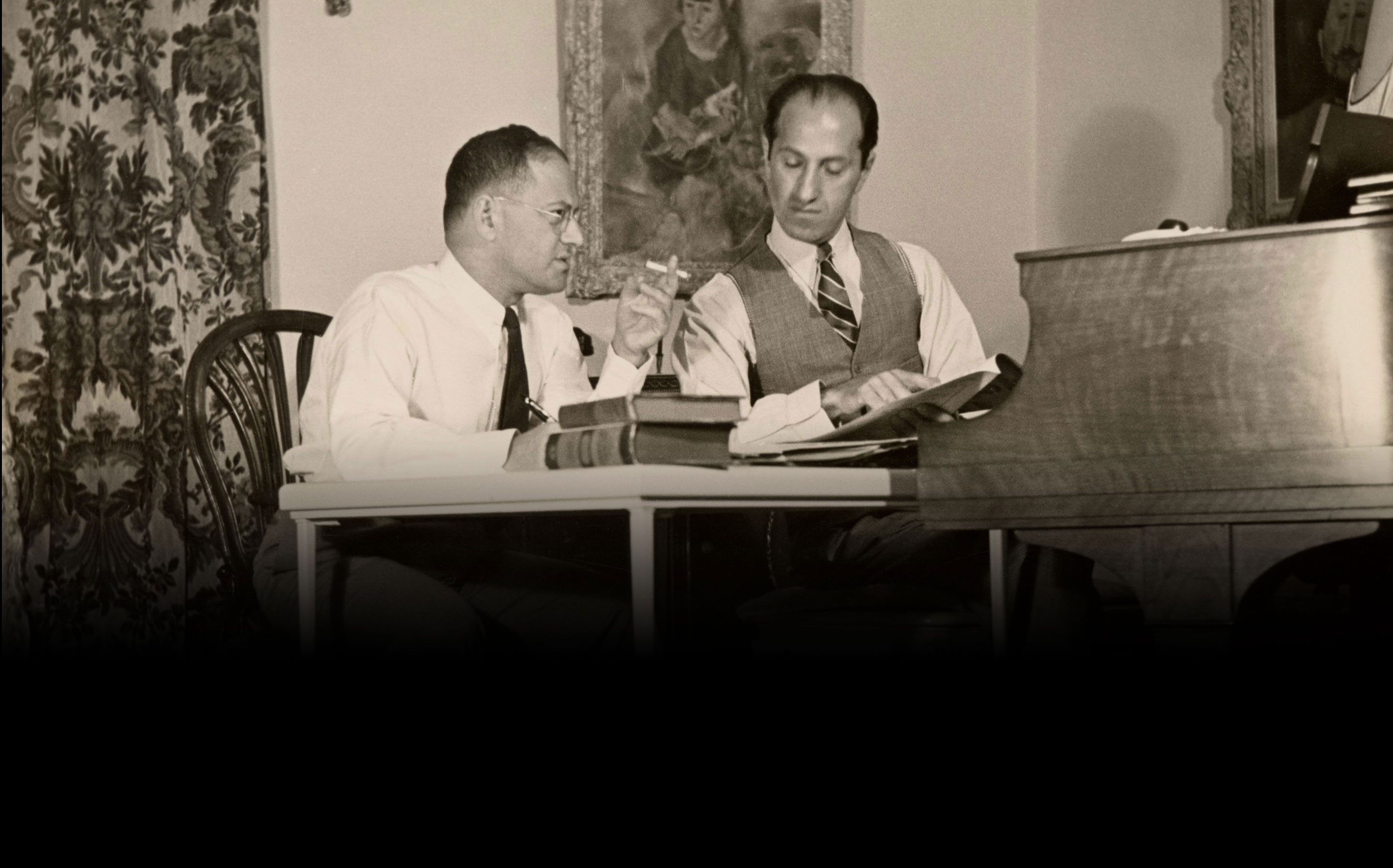Nice Work if You Can Get It: The Gershwin Initiative Provides an Unforgettable Research Experience for Undergraduates
Sarah and Frances, two undergraduates who joined the Gershwin team through the U-M UROP program, would like to step back and say a word about their journey into the world of research with the Gershwin Initiative over the 2015–16 school year. What’s UROP, Exactly? UROP, the Undergraduate Research Opportunity Program, has been introducing undergraduate students to hands-on research experience at U-M for twenty-five years. Through it, students can assist with scholarly research projects alongside U-M professors and faculty, as well as graduate students and undergraduate peers. We, Frances and Sarah, both found a place as research assistants with the […]
